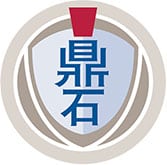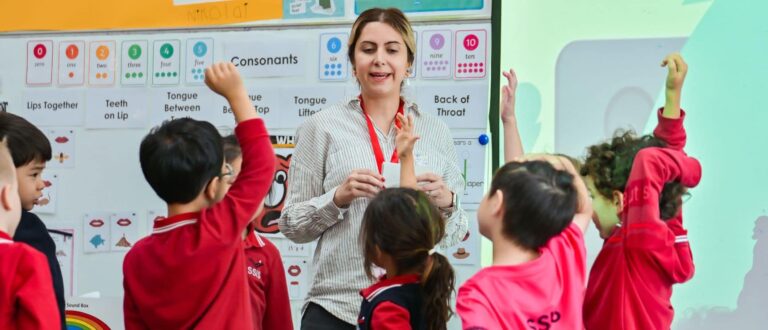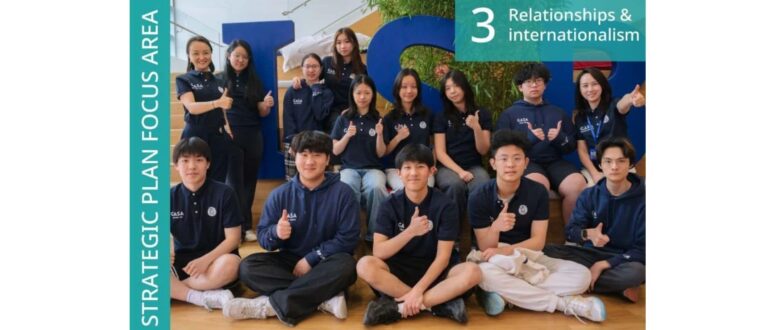As you all know, the League of Nations was founded after the war frequently called the First World War. The Covenant of the League of Nations was signed in June 1919, and the League itself was founded in January 1920. The first meeting of the Council of the League took place on 16 January 1920, and the first meeting of the full Assembly of the League took place on 15 November 1920. I mention all these dates because all this happened almost exactly one hundred years ago. It is compassionate, just, respectful, wise, and honest, to ask how much human progress has been made in the century since then.
Many argue that a major cause of the war often called the Second World War was the flawed constitution and composition of the League of Nations. When that second catastrophic war ended in 1945, the United Nations was founded as a successor to the League. On 25 April 1945, 50 national governments met in San Francisco for a conferenceand started drafting the United Nations Charter, which was adopted on 25 June 1945 and took effect on 24 October 1945, when the UN began operations. I mention all these dates because all this happened almost exactly seventy-five years ago. It is compassionate, just, respectful, wise, and honest, to ask how much human progress has been made in those three quarters of a century since then.
It is hard for us to imagine what much of the world was like in 1945. COVID-19, whatever death and damage is still to be caused by this virus, is most unlikely to come anywhere close to that level of devastation and degradation. In that context, here is the preamble to the Charter of the United Nations, conceived as the world was beginning to emerge from the most destructive and debilitating war so far known:
WE THE PEOPLES OF THE UNITED NATIONS DETERMINED
to save succeeding generations from the scourge of war, which twice in our lifetime has brought untold sorrow to mankind, and
to reaffirm faith in fundamental human rights, in the dignity and worth of the human person,
in the equal rights of men and women and of nations large and small, and
to establish conditions under which justice and respect for the obligations arising from treaties and other sources of international law can be maintained, and
to promote social progress and better standards of life in larger freedom,
AND FOR THESE ENDS
to practice tolerance and live together in peace with one another as good neighbors, and
to unite our strength to maintain international peace and security, and
to ensure by the acceptance of principles and the institution of methods, that armed force shall not be used, save in the common interest, and
to employ international machinery for the promotion of the economic and social advancement of all peoples,
HAVE RESOLVED TO COMBINE OUR EFFORTS TO ACCOMPLISH THESE AIMS
This is a wonderfully compassionate, just, respectful, wise, and honest set of principles, aims, and action points. Consider only these few powerful phrases:
The scourge of war which has brought untold sorrow to mankind
Faith in fundamental human rights
The dignity and worth of the human person
Better standards of life in larger freedom
Live together in peace with one another as good neighbors
Economic and social advancement of all peoples
Who would dispute any of these aims and ambitions? Very few, I hope none. But when it comes to achievements, there are those who dismiss the United Nations as a body with no power, as a flawed assembly that has made many mistakes. Some of this may be true, yet the UN has also had many successes. And, most crucially, the United Nations with its subsidiary and satellite associates is the most influential by far of the global, multinational forces trying to increase world peace in all its many dimensions. The mere title of the organization, The United Nations, should make us pause and think. Nations are individual, ethnic, linguistic, historical or other groupings separated from each other by their national boundaries and all that these stand for and symbolize. Unite these various national entities in common purpose, just under 200 of them, and we will all, just under 8 billion of us, be in a much better, happier, healthier, and more sustainable place and planet.
There are 7 strands to this Interdisciplinary Unit. All are crucial to world progress and peace: China/Africa relations; microfinancing; food security; women’s rights; wildlife conservation; the Belt and Road initiative; vaccinations and the World Health Organization. These issues are interconnected. They are large, and complex. They require detailed skills as well as wide perspectives to be resolved. At your age, with your Keystone education, you already have those abilities. Use them in your discussions. Take action in your lives.
It is most appropriate, given the viral pandemic, that the WHO is one of these 7 strands. And so, let me end with the concluding words of the Director-General of the WHO, Tedros Adhanom Ghebreyesus, at the Press Conference last week on March 11 when he announced that the spread of COVID-19 had officially been designated a pandemic. At this point in his address he moved away deliberately from the p-word ‘pandemic’ to some other words beginning with the letter ‘p’. He said, and I quote:
There’s been so much attention on one word.
Let me give you some other words that matter much more, and that are much more actionable.
Prevention.
Preparedness.
Public health.
Political leadership.
And most of all, people.
We’re in this together, to do the right things with calm and protect the citizens of the world. It’s doable.
It certainly is doable. And your deliberations on these 7 issues are doable, too. Be compassionate, just, respectful, wise, and honest and you will produce some robust resolutions and amazing actions.
Thank you, think about ‘people’, and stay united.







